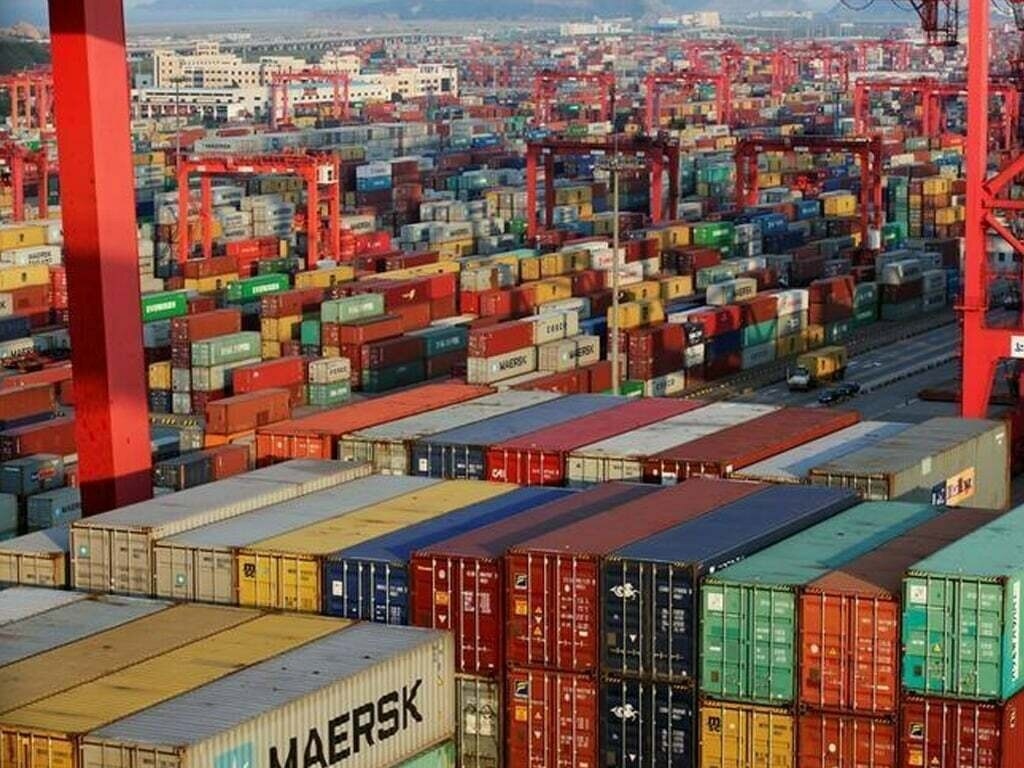
Analysts are concerned over the fall of the rupee that hit a record low of Rs 79.03 per US dollar a few days ago. Experts expect weak demand to lead to a further decline in the value of the local currency. Since January 2022, the rupee has fallen by around 6 per cent. However, it recently recovered by 13 paise to hit Rs 78.90 against the dollar. The common man is reeling under rising inflation and drastic increase in prices of daily essentials.
High crude prices, outflows causing depreciation
As per an Outlook India report, the value of Indian rupee against the US dollar is determined by demand and supply factors. Higher demand for the US dollar causes the value of the rupee to depreciate. An increase in demand for the US dollar is caused by a country’s rising imports. The current fall in rupee’s value can also be attributed to high crude oil prices, a strong dollar overseas and foreign capital outflows.
Heavy foreign fund outflows from the domestic markets are also contributing to the fall in rupee’s value. The rupee has depreciated 5.9 per cent against the dollar so far this calendar year. This depreciation is also impacting the rupee-dollar exchange rates. Further, it’s causing import prices of crude and raw materials to rise, increasing production and retail prices.
The US Federal Reserve plans to hike interest rates, causing the Indian rupee to plunge further. India mostly pays for imports in US dollars. A weak rupee could compel it pay more for the same quantity of items. This threatens to increase the costs of raw materials and production for consumers.
Rising crude oil prices to make imports expensive
Meanwhile, a decline in the rupee’s value causes exports to surge as they become more competitive, giving buyers a wider choice. However, the current fall in rupee is not being supported by exporters.
India imports crude oil to meet over 80 per cent of its energy requirements. Rising crude oil prices are likely to make imports more expensive. It also indicates a rise in India’s imports, further signaling a weakening of the rupee. Since January, the Indian rupee has been on the decline, eroding its purchasing power in the international market.
Analysts expect a further decline in the rupee against the dollar in the next few years. To restrict this fall, the Reserve Bank of India is using the country’s huge stockpile of forex reserves. The RBI has so far sold Indian rupees at an exchange 78.97-78.98 per US dollar to boost its forex reserves and restrict the rupee’s fall. The bank may intervene further to contain the rupee’s depreciation. It will not allow such fluctuations in the value of the rupee, says Michael D Partra, Deputy Governor, RBI. The bank aims to work towards the stabilization of the Indian rupee, he adds.











